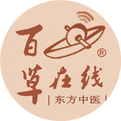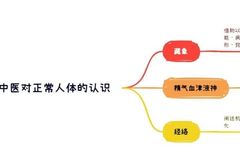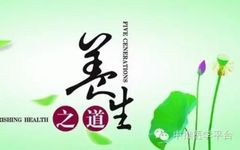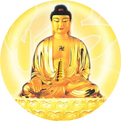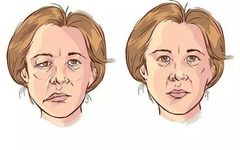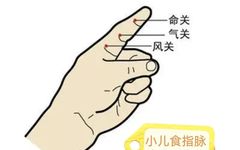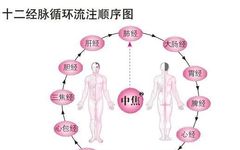The Pathways of Meridians in the Human Body
1. Composition and Pathways of Meridians in the Human Body The meridians are the channels through which the body’s vital energy (qi) flows, encompassing both the primary meridians (jingmai) and the collateral meridians (luomai). The term “jing” refers to the primary meridians, akin to direct pathways, serving as the main trunk of the meridian system; … Read more


